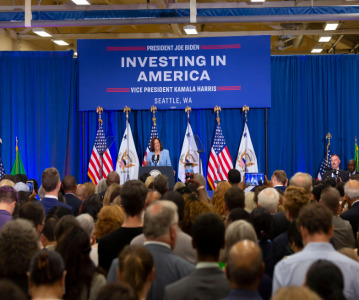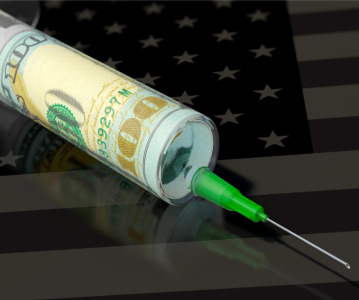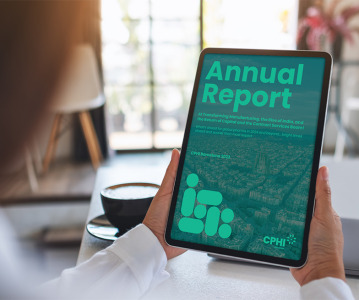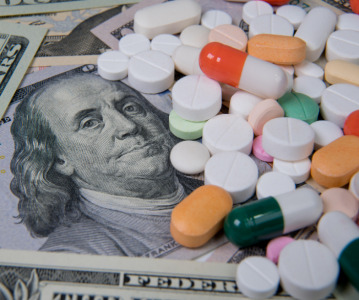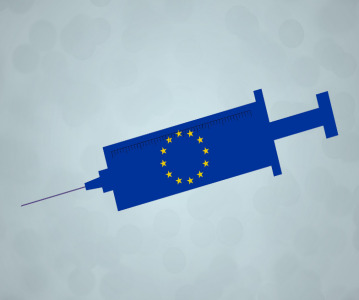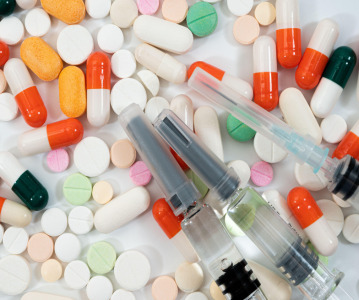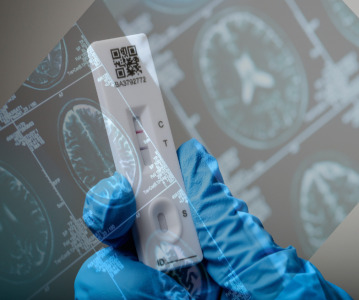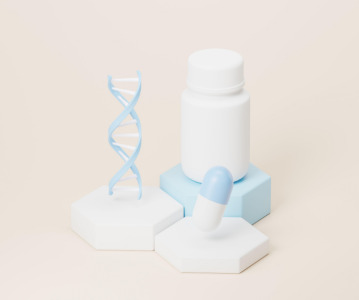Promising New Therapies to Boost Global Hepatitis C Market by 2019

As a result of a large untreated patient pool and the recent approval of new treatments, the hepatitis C market will more than treble from $5.7 billion in 2012 to $18.6 billion by 2019, at an impressive Compound Annual Growth Rate (CAGR) of 18.5%, forecasts business intelligence provider GBI Research.
The company’s new report* states that the hepatitis C market will receive this major boost with the 2013 approval of Sovaldi, which has the potential to transform the treatment algorithm for hepatitis C. Due to the clinical potential of the drug, Sovaldi will be very expensive, reaching a cost of $86,000 annually and setting a high price benchmark for future drugs.
Dominic Trewartha, Analyst for GBI Research, says: “Sovaldi boasts excellent tolerability and a Sustained Virologic Response rate approaching 100%, without specificity to any genotype 1. In genotypes 2 and 3, Sovaldi is administered with ribavirin alone, alleviating the need for Pegasys or Pegintron and therefore reducing the rate of adverse events associated with these two therapies. As a result, many patients who have previously deferred treatment are expected to re-enter the market and use Sovaldi.”
Additional drugs, such as Olysio, which was also approved in 2013, and daclatasvir are anticipated to compete with Sovaldi, although they are not proven to be as effective and can only be used in genotype 1 infections.
According to GBI Research, Sovaldi-ledipasvir and ABT-450 triple therapy will further advance the hepatitis C market and displace older drugs from 2015 onwards. This is due to the fact that these therapies can be used without peginterferon and have demonstrated 100% efficacy in genotype 1, with strong tolerability and low dosing.
“The late-stage pipeline for hepatitis C is exceptionally promising, and we expect new products to completely transform the clinical and commercial landscape during the forecast period,” Trewartha concludes.
Related News
-
News Patients vs Pharma – who will the Inflation Reduction Act affect the most?
The Inflation Reduction Act brought in by the Biden administration in 2022 aims to give better and more equitable access to healthcare in the USA. However, pharma companies are now concerned about the other potential costs of such legislation. -
News CPHI Podcast Series: What does the changing US Pharma market mean for industry and patients alike?
In this week's episode of the CPHI Podcast Series Lucy Chard, Digital Editor for CPHI Online is joined by James Manser to discuss the political and market changes in the US pharma field. -
News CPHI Barcelona Annual Report illuminates industry trends for 2024
The CPHI Annual Survey comes into it’s 7th year to report on the predicted trends for 2024. Over 250 pharma executives were asked 35 questions, with their answers informing the industry landscape for the next year, spanning all major pharma marke... -
News Which 10 drugs are open to price negotiation with Medicare in the USA?
The Centres for Medicare & Medicaid Services, under the Biden administration in the USA, has released a list of the 10 drugs that will be open to price negotiations as part of the new legislation under the Inflation Reduction Act (IRA). -
News EU Medical Devices Regulation causes unintended disappearances of medical devices for children, doctors state
Doctor groups and associations have appealed to the EU to correct the EU Medical Devices Regulation law that may cause unintended shortages of essential drug and medical devices for children and rare disease patients. -
News 10 Major Drug Approvals So Far in 2023
Last year, 37 novel drugs were approved by the FDA, this was a high number for such a category, and covered many fields including oncology, demonstrating how promising further research is, and how it is only continuing to build. To date, there are alre... -
News Detecting Alzheimer's disease with a simple lateral flow test
A novel rapid diagnostic test for early-stage Alzheimer's disease has been developed using a biomarker binder from Aptamer Group along with technology from Neuro-Bio, the neurodegenerative disease experts. -
News CPHI Podcast Series: outsourcing and manufacturing trends
Listen to the CPHI Podcast Series this June to hear Gil Roth of the PBOA speak with Digital Editor Lucy Chard about the biggest trends and topics to watch in pharma outsourcing and manufacturing at the minute.
Position your company at the heart of the global Pharma industry with a CPHI Online membership
-
Your products and solutions visible to thousands of visitors within the largest Pharma marketplace
-
Generate high-quality, engaged leads for your business, all year round
-
Promote your business as the industry’s thought-leader by hosting your reports, brochures and videos within your profile
-
Your company’s profile boosted at all participating CPHI events
-
An easy-to-use platform with a detailed dashboard showing your leads and performance
